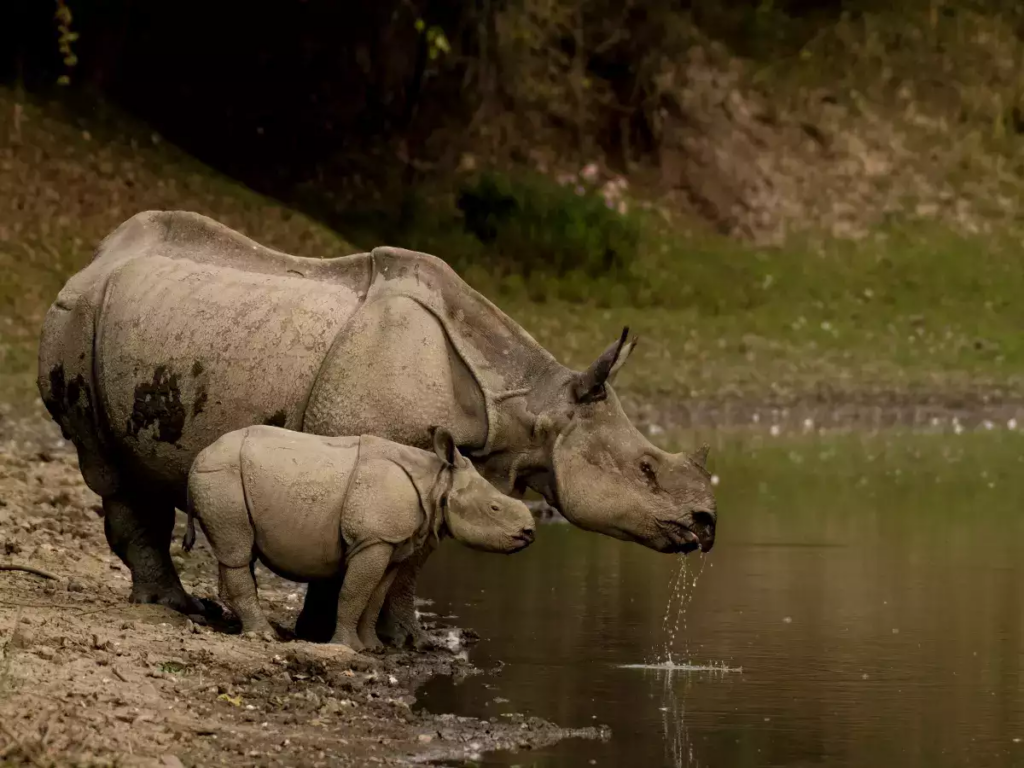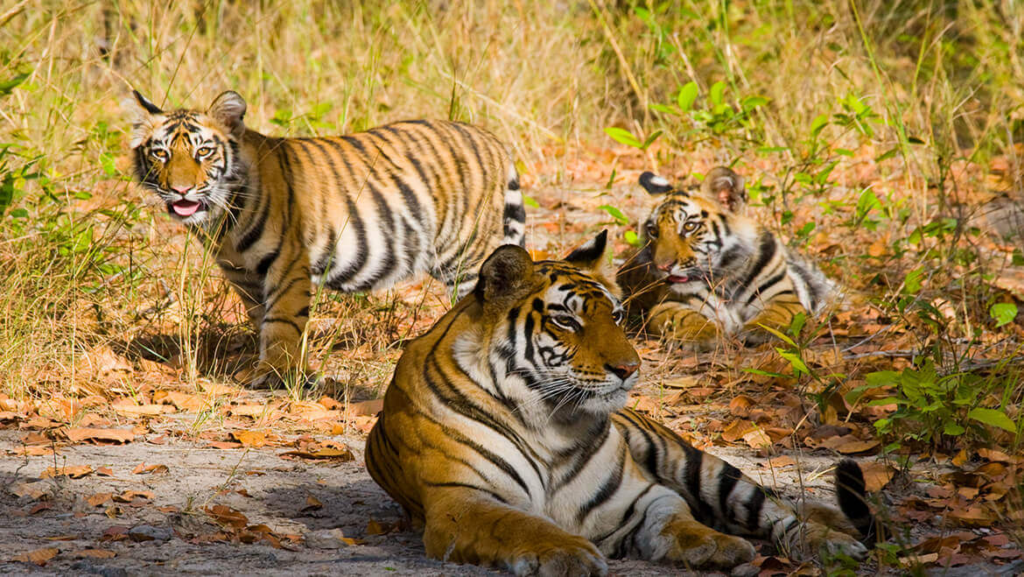
INTRODUCTION
Kaziranga National Park, nestled in the northeastern state of Assam, India, is a natural wonderland that beckons adventurers and wildlife enthusiasts from around the globe. Covering an expansive area of 430 square kilometers, this UNESCO World Heritage Site is renowned for its breathtaking landscapes and remarkable biodiversity. In this article, we’ll take a captivating journey through the heart of Kaziranga National Park, delving into its history, diverse flora and fauna, conservation efforts, and much more.
A Brief History
Kaziranga’s storied history dates back to 1904 when it was declared a forest reserve to protect its dwindling population of Indian one-horned rhinoceros. Over the years, it gained national park status in 1974, and in 1985, it was recognized as a World Heritage Site. This rich history is intertwined with efforts to safeguard its unique ecosystem, making it a fascinating tale of conservation success.
THE ENCHANTING WILDLIFE
The Indian One-Horned Rhinoceros
Undoubtedly, the one-horned rhinoceros is the star attraction of Kaziranga National Park. With over two-thirds of the world’s population of these magnificent creatures residing here, it’s no wonder that Kaziranga is often referred to as the “Land of the Rhinos.” These colossal animals, with their armor-like skin, are a true testament to the park’s conservation efforts.
Bengal Tigers
In addition to rhinos, Kaziranga is home to the majestic Bengal tiger. These elusive predators, with their striking orange coats adorned with dark stripes, roam freely within the park’s lush forests. Spotting one of these iconic big cats in the wild is a surreal experience for any wildlife enthusiast.
Avian Paradise
Kaziranga is also a haven for birdwatchers, boasting an impressive array of avian species. From the vibrant Indian roller to the elegant white-breasted kingfisher, the park is a paradise for bird enthusiasts. Its wetlands and grasslands attract migratory birds from distant lands, making it a birdwatcher’s dream come true.
THE DIVERSE FLORA
Tall Elephant Grass
The landscape of Kaziranga is dominated by tall elephant grass, providing essential habitat and sustenance for the park’s herbivores. This dense grassland is where the rhinos often graze, creating picturesque scenes of wildlife in their natural habitat.
Water Lilies and Aquatic Plants
The park’s wetlands are adorned with water lilies and a variety of aquatic plants. These water bodies serve as a vital source of hydration for the park’s inhabitants, including the famed rhinos, and are a stunning sight to behold.
CONSERVATION EFFORTS
Kaziranga National Park stands as a beacon of successful conservation efforts. The dedicated park rangers, armed patrols, and conservation organizations have tirelessly worked to protect its iconic wildlife. Anti-poaching measures and community involvement have played a pivotal role in ensuring the survival of the Indian one-horned rhinoceros and other endangered species.
ECOTOURISM AND VISITOR EXPERIENCE
Kaziranga offers a unique blend of adventure and tranquility to visitors. Jeep safaris and elephant rides are popular ways to explore the park while getting up close and personal with its wildlife. The thrill of spotting a rhino or tiger in their natural habitat is an experience like no other.
CONCLUSION
In conclusion, Kaziranga National Park is a testament to the importance of conservation efforts in preserving our planet’s rich biodiversity. Its lush landscapes, iconic rhinos, and diverse birdlife make it a must-visit destination for nature lovers and adventure seekers alike. By visiting Kaziranga, we not only connect with nature but also contribute to the continued protection of this ecological gem.



